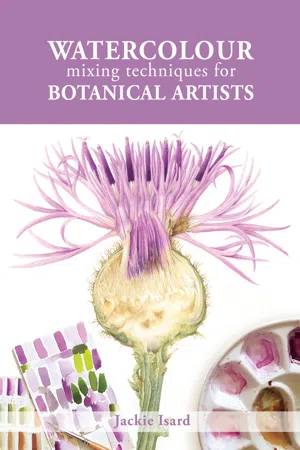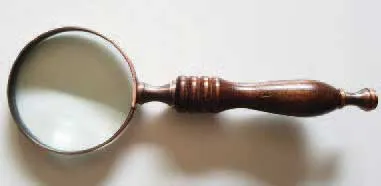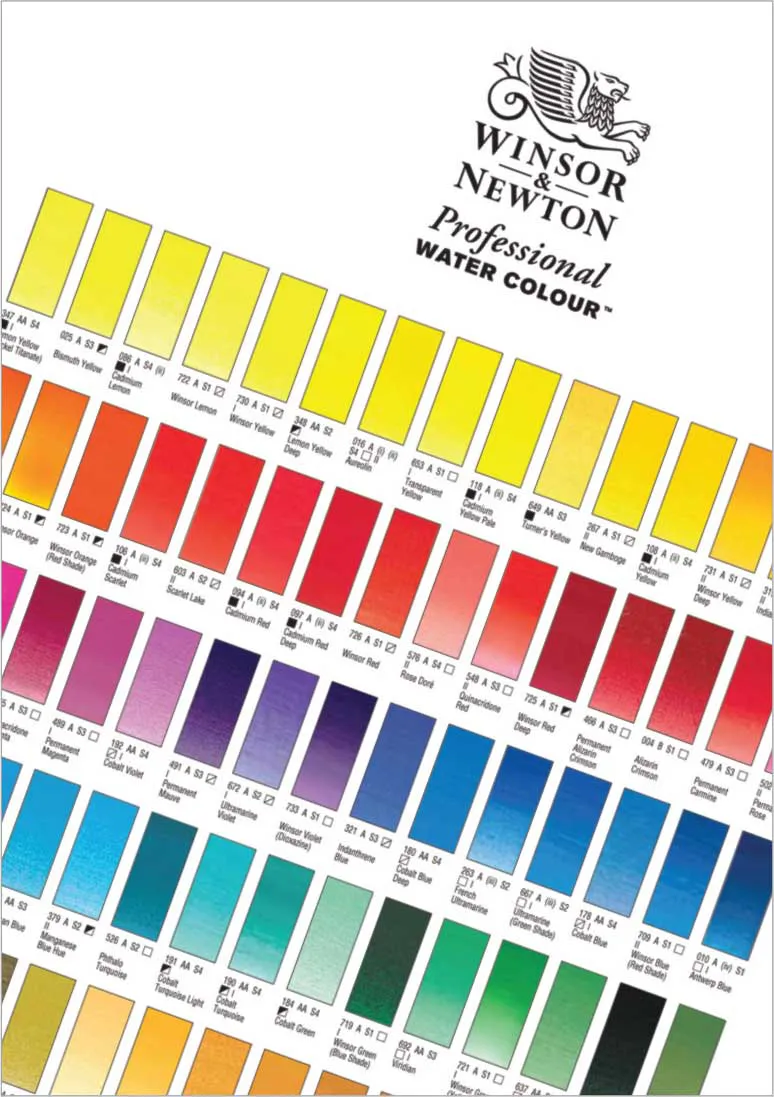
eBook - ePub
Watercolour Mixing Techniques for Botanical Artists
Jackie Isard
This is a test
- 112 Seiten
- English
- ePUB (handyfreundlich)
- Über iOS und Android verfügbar
eBook - ePub
Watercolour Mixing Techniques for Botanical Artists
Jackie Isard
Angaben zum Buch
Buchvorschau
Inhaltsverzeichnis
Quellenangaben
Über dieses Buch
Colour mixing is a key skill for the botanical artist. In this practical guide, Jackie Isard explains how to observe and use colour accurately. She shows artists how to make informed choices when selecting pigments, as well as how to learn about colour mixing and its application. Detailed instruction and advice are given on understanding colour and pigments. The author explains how to 'see' colour and tricky mixes, from greens and reds to the difficult botanical greys. Includes advanced colour application techniques - colour enhancement, shadow colours and colour temperature transition. Finally, step-by-step guides illustrate how to paint with layers, how to use underlaying colours to enhance, and colour and fine detailing.
Häufig gestellte Fragen
Wie kann ich mein Abo kündigen?
Gehe einfach zum Kontobereich in den Einstellungen und klicke auf „Abo kündigen“ – ganz einfach. Nachdem du gekündigt hast, bleibt deine Mitgliedschaft für den verbleibenden Abozeitraum, den du bereits bezahlt hast, aktiv. Mehr Informationen hier.
(Wie) Kann ich Bücher herunterladen?
Derzeit stehen all unsere auf Mobilgeräte reagierenden ePub-Bücher zum Download über die App zur Verfügung. Die meisten unserer PDFs stehen ebenfalls zum Download bereit; wir arbeiten daran, auch die übrigen PDFs zum Download anzubieten, bei denen dies aktuell noch nicht möglich ist. Weitere Informationen hier.
Welcher Unterschied besteht bei den Preisen zwischen den Aboplänen?
Mit beiden Aboplänen erhältst du vollen Zugang zur Bibliothek und allen Funktionen von Perlego. Die einzigen Unterschiede bestehen im Preis und dem Abozeitraum: Mit dem Jahresabo sparst du auf 12 Monate gerechnet im Vergleich zum Monatsabo rund 30 %.
Was ist Perlego?
Wir sind ein Online-Abodienst für Lehrbücher, bei dem du für weniger als den Preis eines einzelnen Buches pro Monat Zugang zu einer ganzen Online-Bibliothek erhältst. Mit über 1 Million Büchern zu über 1.000 verschiedenen Themen haben wir bestimmt alles, was du brauchst! Weitere Informationen hier.
Unterstützt Perlego Text-zu-Sprache?
Achte auf das Symbol zum Vorlesen in deinem nächsten Buch, um zu sehen, ob du es dir auch anhören kannst. Bei diesem Tool wird dir Text laut vorgelesen, wobei der Text beim Vorlesen auch grafisch hervorgehoben wird. Du kannst das Vorlesen jederzeit anhalten, beschleunigen und verlangsamen. Weitere Informationen hier.
Ist Watercolour Mixing Techniques for Botanical Artists als Online-PDF/ePub verfügbar?
Ja, du hast Zugang zu Watercolour Mixing Techniques for Botanical Artists von Jackie Isard im PDF- und/oder ePub-Format sowie zu anderen beliebten Büchern aus Art & Art Techniques. Aus unserem Katalog stehen dir über 1 Million Bücher zur Verfügung.
Information
Thema
ArtThema
Art TechniquesCHAPTER 1
Equipment and Materials
ESSENTIAL EQUIPMENT FOR THE BOTANICAL ARTIST
Paper: Paper quality is very important, as we all know. You will have chosen your favourite brand. However, for my style of painting I prefer the following papers: Fabriano Artistico HP Extra White or Arches HP Bright White. A good quality paper gives better colour vibrancy and smoother detail, which is essential to the botanical artist. Papers behave differently and you may need to adapt your painting style accordingly.
Palette: A good palette makes a difference. A flat ceramic palette or porcelain plate is best. Plastic palettes leave you chasing the paint around them and will drive you mad! There’s no hard and fast rule but I recommend ceramic palettes.

The author's working set up.

My regular brushes.
Brushes: Brushes are also important for botanical painting. There are many brands out there and it can seem confusing. You can end up buying so many different types through recommendation. Choose a brush you feel comfortable with and that works well for you. I do recommend that it is full bodied and has a good pointed tip. For fine detail it is essential to have brushes like this as they hold a lot of paint and will not run out on you as quickly. There is nothing worse than having to top up your brush after every stroke! A pointed tip is perfect for fine details.
Sable and synthetic are available in different brands. My favourite brushes are Raphael Kolinsky 8408 series pointed sable in sizes 2, 4 and 6 (equivalent to Billy Showell’s sable series). I also use the Billy Showell synthetic Eradicator brush and her Fine Liner brush. I sometimes use a Rosemary and Co. series 81 filbert for blending. I have a cheap ¼ inch Cotman flat brush for mixing with. It’s best not to use your good brushes for this.
Winsor & Newton Series 7 brushes are also excellent. Isabey make similar brushes. The Isabey 6227z is full bodied and pointed. The 6228 has a fuller body and is pointed too. Personally, I prefer the pointed tips on the Raphael 8408 especially for very fine detail.
Professional pigment: Always use professional watercolour paint. Choose transparent/semi-transparent pigments for vibrancy and translucence. My preferred brand is Winsor & Newton as I find them extremely reliable and lightfast. Daniel Smith are good pigments and Sennelier have some wonderful pigments too. Select your pigments from watercolour brand colour charts first so you can see the pigment colour index numbers, whether it is transparent or semi-transparent and of course if it is lightfast. There are more details in the following chapter to guide you. Most of these charts are available to download free from the internet.

My magnifying glass.
Magnifying glass: You will need a good-quality magnifying glass. There are some good magnifying lamps too but I prefer a hand-held magnifier. Call me old fashioned! This piece of equipment will enhance your vision to enable you to see all those colours and fine details more clearly.

Crop of Winsor & Newton colour chart.

Lighting is essential.
Lighting: You will need very good lighting. To achieve absolute accuracy with colour and fine detail, this part of the equipment list is essential. A good-quality anglepoise daylight bulb lamp will assist with seeing shadows, contrasting areas, colour temperature transition and fine detail. There are many on the market but anything between 5500K and 6500K daylight bulb will be fine. 5500K 90cri is the nearest to daylight.
I have invested in two LED strip lights across my studio ceiling as the room is on the shaded side of my house. I also use an anglepoise to light my subject. The smaller the subject, the closer the lamp needs to be. A foldable LED light is good for this and also handy to take with you when travelling. You will instantly see a difference!
Backing board: A white folded board or box takes away outside influences from window sunlight and surrounding items around your work station. This makes the light more directional and gives a constant source.

Pencils and pens.
Drawing equipment: Choice of pencils is a personal thing but I always use Faber Castell 9000 series. These pencils are the best for graphite work too. I have a propelling pencil with a 0.3mm H lead that I use for transferring my drawings to watercolour paper when using a light pad. For erasing I use a Tombow mono zero refillable eraser pen. It’s great for erasing out small details, as the nib is more precise. You can shape the end to a wedge too for very small areas but take care as there is a plastic rod through the middle. For fine liner drawing I use Pigma Micron 003 pens. They are archival and waterproof. For masking out fiddly details I use a Joseph Gillot reversible mapping pen. It is brilliant for making fine veins and dots. You must be careful not to damage the surface of the paper with the nib though as it is sharp. Practise with it first; you will need to get used to it.
Other bits include water pots, a smooth burnishing stone, cloth to wipe brushes (a damp flannel or piece of linen), masking tape, Faber Castell kneadable eraser for taking off excess graphite when tracing up a drawing and a desk easel to work at an angle – better for your back!
CHAPTER 2
Understanding Colour and Pigments
THE IMPORTANCE OF KNOWING WHAT’S WHAT
Colour index names
Pigment is the main ingredient for all the paints we buy. All these pigments have properties which include lightfastness, transparency, opacity, granulation, saturation and staining. You will find some symbols on the side of your tubes or pan labels. The pigments are represented by a colour index name and a number for the particular pigment used. Yellows – PY (Pigment Yellow), Oranges – PO, Reds – PR, Greens – PG, Blues – PB, Violets – PV, Browns – PBr and Black – PBk. Some pigments have more than one colour index name. Have a look at your paint tubes to see. If you have unlabelled pans then you can look up these codes and details on the relevant paint company websites. Bear in mind different brands vary even if they appear to have the same pigment name. The index colour numbers will tell you if it is the same colour make up or not.

Primary pigments.
I have made a chart in my paintbox that tells me pigment properties, transparency and lightfastness details. I don’t list the P numbers as I look this up before buying a new colour. Single pigment colour is essential for good mixing. Daniel Smith pride themselves on this. The number of pigments you mix together, outside of three, will affect the colour mix you make. All but three of my chosen pigments are made from single pigment colour index numbers and all are Winsor & Newton professional watercolour. Two of them have two colour index names. New Gamboge has a little PR (red) and Indian Yellow has a little PO (orange) added. I would usually only mix these colours with single pigments. Quinacridone Gold has three colour index numbers, red, violet and yellow...
Inhaltsverzeichnis
- Cover
- Half Title
- Title
- Copyright
- INTRODUCTION
- CHAPTER 1: EQUIPMENT AND MATERIALS
- CHAPTER 2: UNDERSTANDING COLOUR AND PIGMENTS
- CHAPTER 3: ‘SEEING’ COLOUR AND TRICKY MIXES
- CHAPTER 4: ADVANCED COLOUR APPLICATION TECHNIQUES
- CHAPTER 5: PAINTING WITH LAYERS
- CHAPTER 6: UNDERLAYING COLOUR TO ENHANCE
- CHAPTER 7: COLOUR AND FINE DETAILING
- APPENDIX: USEFUL TIPS
- USEFUL LINKS
- INDEX